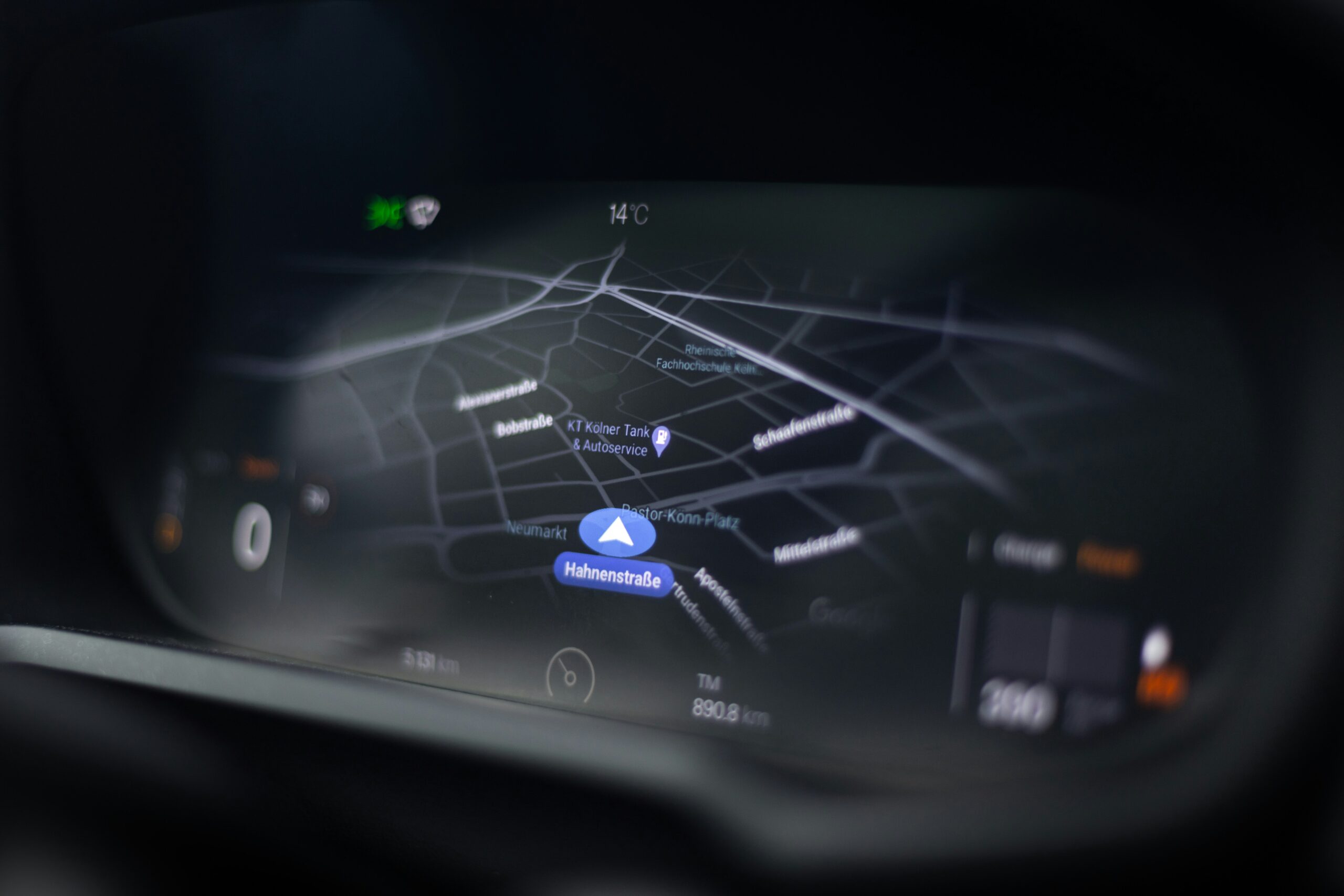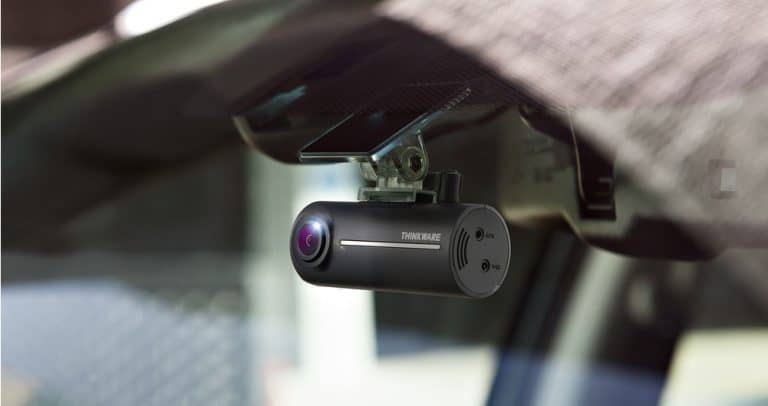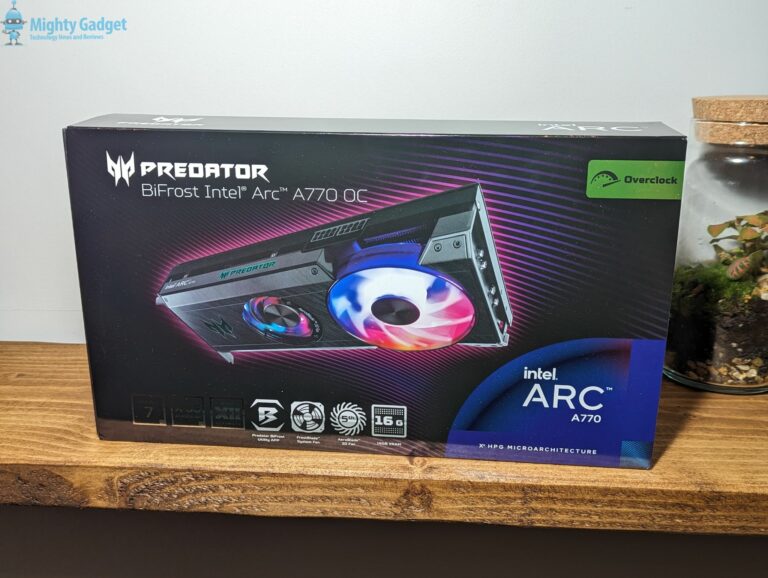Any links to online stores should be assumed to be affiliates. The company or PR agency provides all or most review samples. They have no control over my content, and I provide my honest opinion.
Efficient fleet management requires meticulous planning and the right technological tools to help ensure safety, productivity, and cost savings. Despite the costs involved, organisations can leverage more sophisticated systems that help reduce the cost of operations and make them more efficient. Here are the five technology trends transforming the fleet management industry today.
1. GPS Tracking Systems
It offers real-time location data, route optimisation, and vehicle usage insights. Businesses can track driver behavior, save fuel costs, and make timely deliveries. GPS tracking is integrated with geofencing technology that can issue alerts when a vehicle goes in or out of a specified area. This aids in theft prevention, route adherence, and better dispatching.
AI powered trends are used to predict possible delays, traffic congestion, or route changes by advanced GPS tracking systems. Fleet managers can respond to this data in real time, minimising downtime and optimising the fleet, at a higher level. By ensuring that vehicles are utilised optimally and maintenance schedules are planned effectively, these insights also help improve overall operational performance.
2. Telematics Solutions
Telematics combines GPS tracking with onboard diagnostics to provide insight. It is useful in detecting issues with car component performance, fuel efficiency, engine health, and driving behavior. This data allows predictive maintenance, which helps cut down on the chances of unexpected breakdowns and repair costs.
Telematics can allow companies to roll out eco-driving programs, which promote driving habits that save fuel. These initiatives can greatly reduce operating costs while aiding sustainability measures by reducing carbon footprints.
3. Vehicle Tracking Software
This software makes it easier to track vehicles in real-time. It uses GPS and telematics data to help optimise routes while improving fleet efficiency. Fleet operators using award winning vehicle tracking software can get alerts for tailgate lifts and emergency door openings.
The best software makes it easy to monitor drivers, fuel usage, and improve response times. Choosing affordable vehicle tracking software that fits your business budget is essential. Ensure the software provider also has reliable customer support to ensure issues are quickly resolved to minimise downtime.
4. Dash Cams and AI-Powered Video Monitoring
AI-powered dash cameras improve safety by monitoring driving conditions and driver behavior. They can recognise distractions, fatigue, and aggressive driving practices, which might help avoid dangerous collisions and hone training programs. They also track changing traffic patterns over time, providing valuable insights for route optimisation, decreasing idle time, and general increases in operational efficiency.
AI video surveillance can also alert in real time about a possible collision, enabling the driver to take practical actions to avoid accidents. These data can help fleet managers improve safety protocols and minimise accident-related insurance claims. These systems provide valuable evidence in disputes, accidents, or insurance settlements. Recorded footage provides fleet operators with a clear view of what happened, reducing liability and increasing transparency.
5. Electronic Logging Devices (ELDs)
ELDs record driving hours in compliance with relevant regulations like Hours of Service (HOS) rules through ELDs. These devices streamline paperwork, increase driver accountability, and assist fleet managers in scheduling.
ELDs also help avoid driver exhaustion, one of the prominent causes of road accidents, by providing accurate driving logs. Real-time monitoring of driver hours enables optimised workload distribution and compliance with industry regulations.
Endnote
Fleet management is defined by technology, with the latest technology bridging the gap between efficiency and safety. Using these innovations, organisations can drive operations performance and adhere to regulations. As technology continues to develop, stay updated and utilise it to boost productivity, sustainability, and profitability.
I am James, a UK-based tech enthusiast and the Editor and Owner of Mighty Gadget, which I’ve proudly run since 2007. Passionate about all things technology, my expertise spans from computers and networking to mobile, wearables, and smart home devices.
As a fitness fanatic who loves running and cycling, I also have a keen interest in fitness-related technology, and I take every opportunity to cover this niche on my blog. My diverse interests allow me to bring a unique perspective to tech blogging, merging lifestyle, fitness, and the latest tech trends.
In my academic pursuits, I earned a BSc in Information Systems Design from UCLAN, before advancing my learning with a Master’s Degree in Computing. This advanced study also included Cisco CCNA accreditation, further demonstrating my commitment to understanding and staying ahead of the technology curve.
I’m proud to share that Vuelio has consistently ranked Mighty Gadget as one of the top technology blogs in the UK. With my dedication to technology and drive to share my insights, I aim to continue providing my readers with engaging and informative content.







